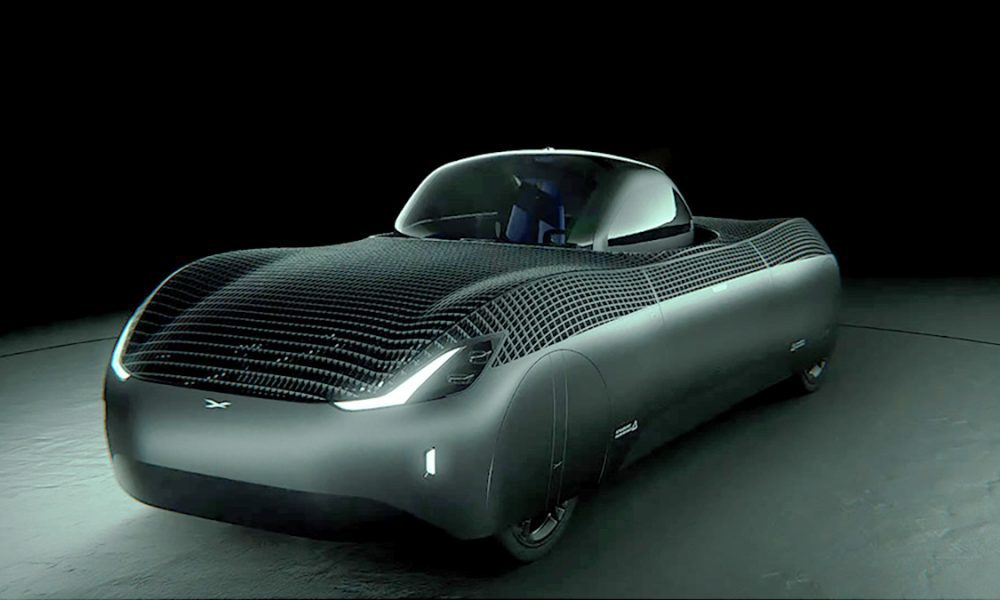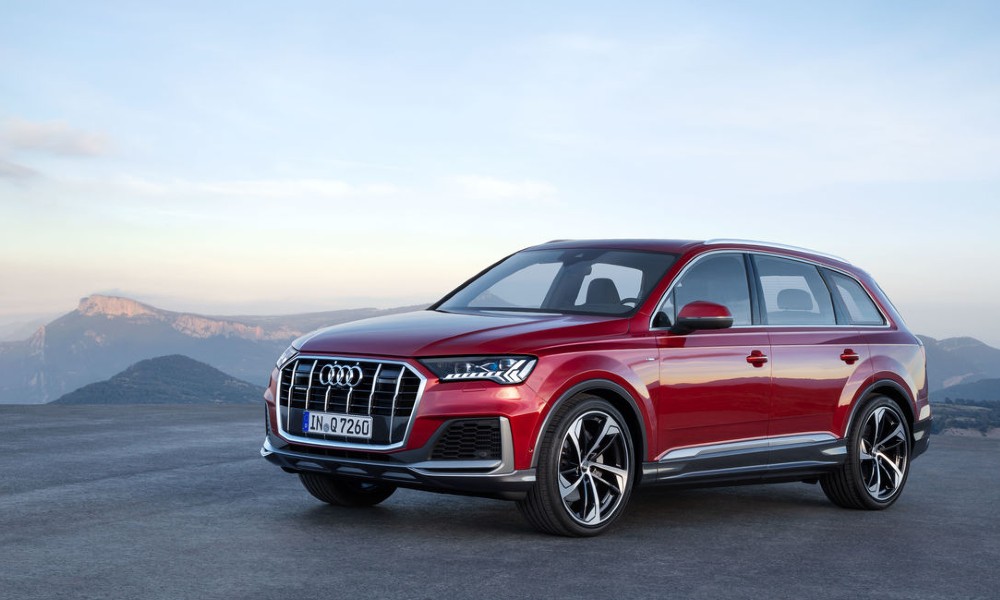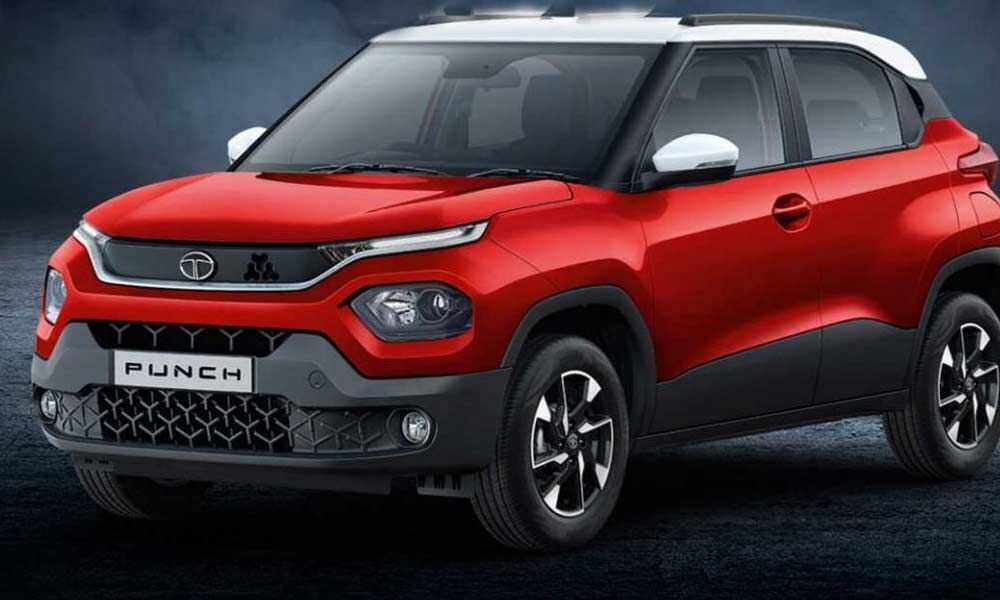Car design has come a long way since the first automobile was invented in the late 19th century. In the past, the main focus of designers was to make cars functional and safe. However, the aesthetics of cars have become increasingly important over time, with automakers investing heavily in design to make their cars stand out in a crowded market.
Today, we are seeing some exciting new trends emerge in car design that are shaping the future of automotive aesthetics. In this article, we will explore some of these trends and what they mean for the future of cars.
Electric Cars
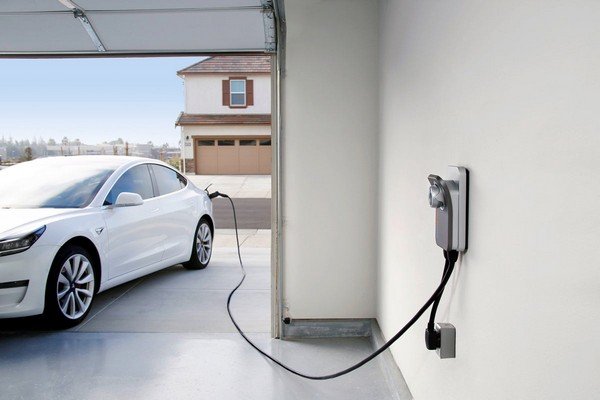
One of the biggest trends in car design in recent years has been the rise of electric cars. As electric cars become more popular, designers are being forced to rethink the aesthetics of cars. Electric cars don’t have the same engine components as traditional cars, which means designers have more flexibility in terms of the shape and size of the car.
One of the most notable examples of this is the Tesla Model S. The Model S has a sleek, aerodynamic design that is unlike anything else on the market. The car’s design is not only visually appealing, but it also helps to improve the car’s efficiency by reducing drag.
Minimalism
Another trend we are seeing in car design is minimalism. Many designers are opting for a simpler, more streamlined look for their cars. This trend is partly a response to the rise of electric cars, as these cars don’t require as many components as traditional cars.
One example of a car that embodies this trend is the Volvo XC90. The XC90 has a minimalist design that is both elegant and functional. The car’s interior is also minimalist, with a focus on functionality rather than unnecessary details.
Sustainable Materials
As people become more environmentally conscious, there is a growing trend towards using sustainable materials in car design. Many automakers are experimenting with new materials that are both sustainable and visually appealing.
One example of this is the BMW i3. The i3 has a unique design that incorporates sustainable materials such as recycled plastics and renewable fibers. The car’s interior is also made from sustainable materials, such as eucalyptus wood and natural fibers.
Autonomous Cars
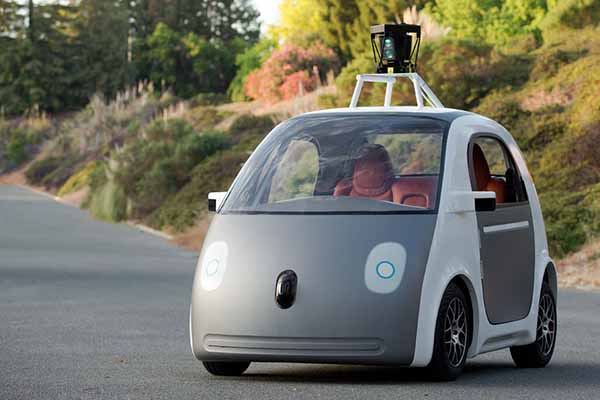
The rise of autonomous cars is also having a significant impact on car design. As cars become more autonomous, the role of the driver is changing. This means that designers can rethink the layout of the car’s interior and focus on creating a space that is comfortable and functional for passengers.
One example of a car that is being designed with this in mind is the Mercedes-Benz F015. The F015 has a futuristic design that incorporates a spacious interior with a focus on comfort and convenience. The car’s interior is designed to resemble a lounge rather than a traditional car interior.
Car design is constantly evolving, and we are seeing some exciting new trends emerge in the industry. From electric cars to sustainable materials, designers are pushing the boundaries of what is possible in terms of automotive aesthetics. As we move towards a future of autonomous cars, we can expect to see even more exciting developments in car design that will challenge our perceptions of what a car should look like.


